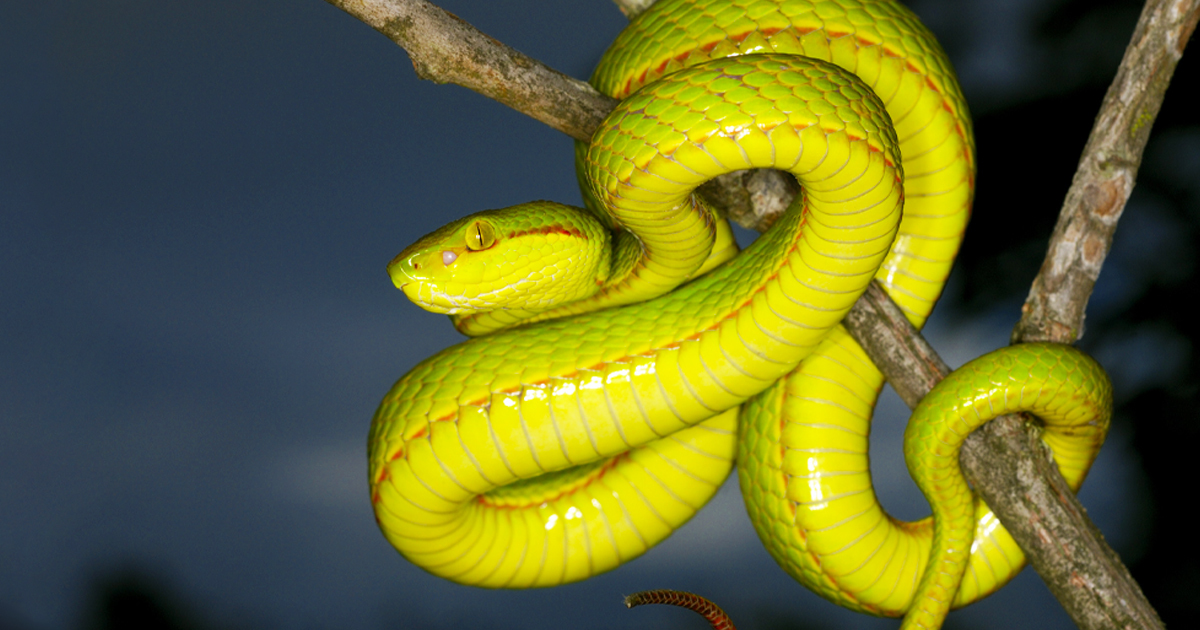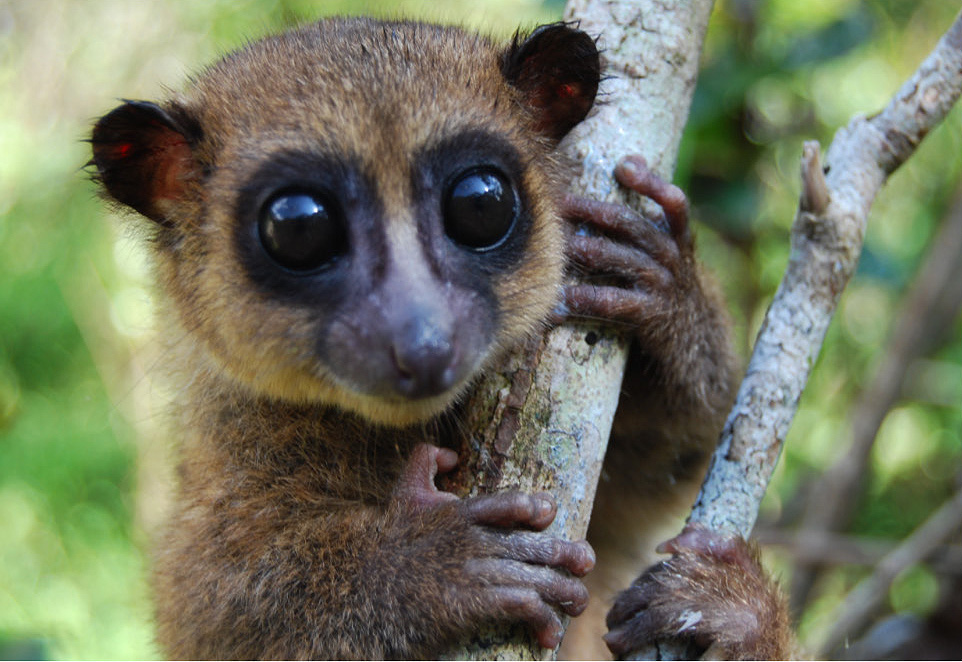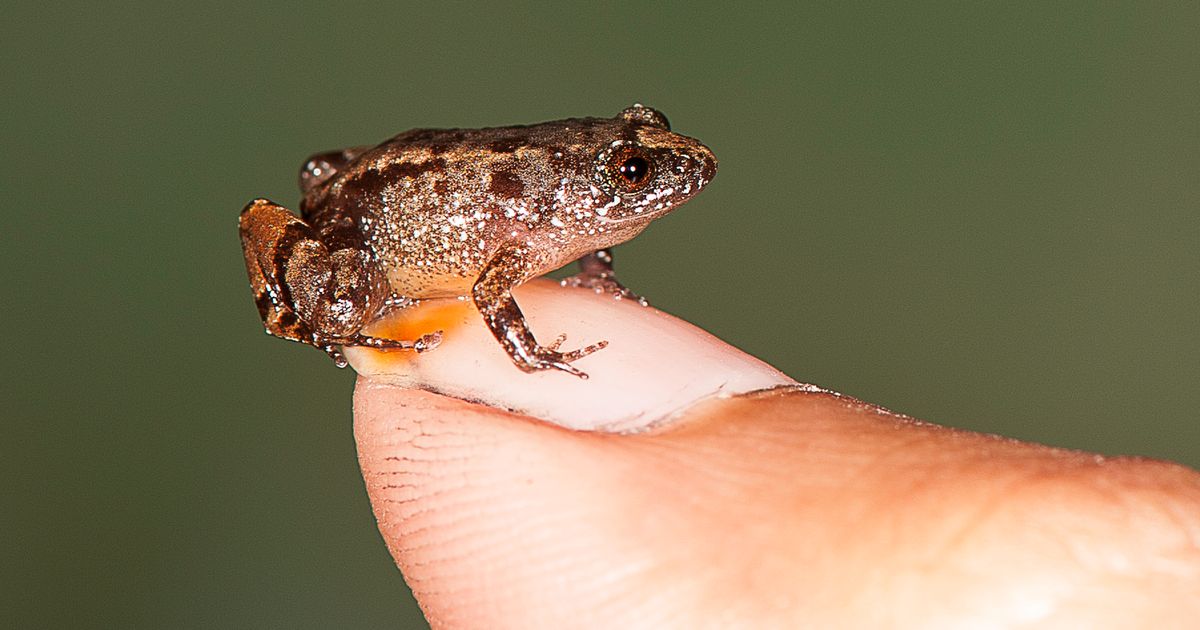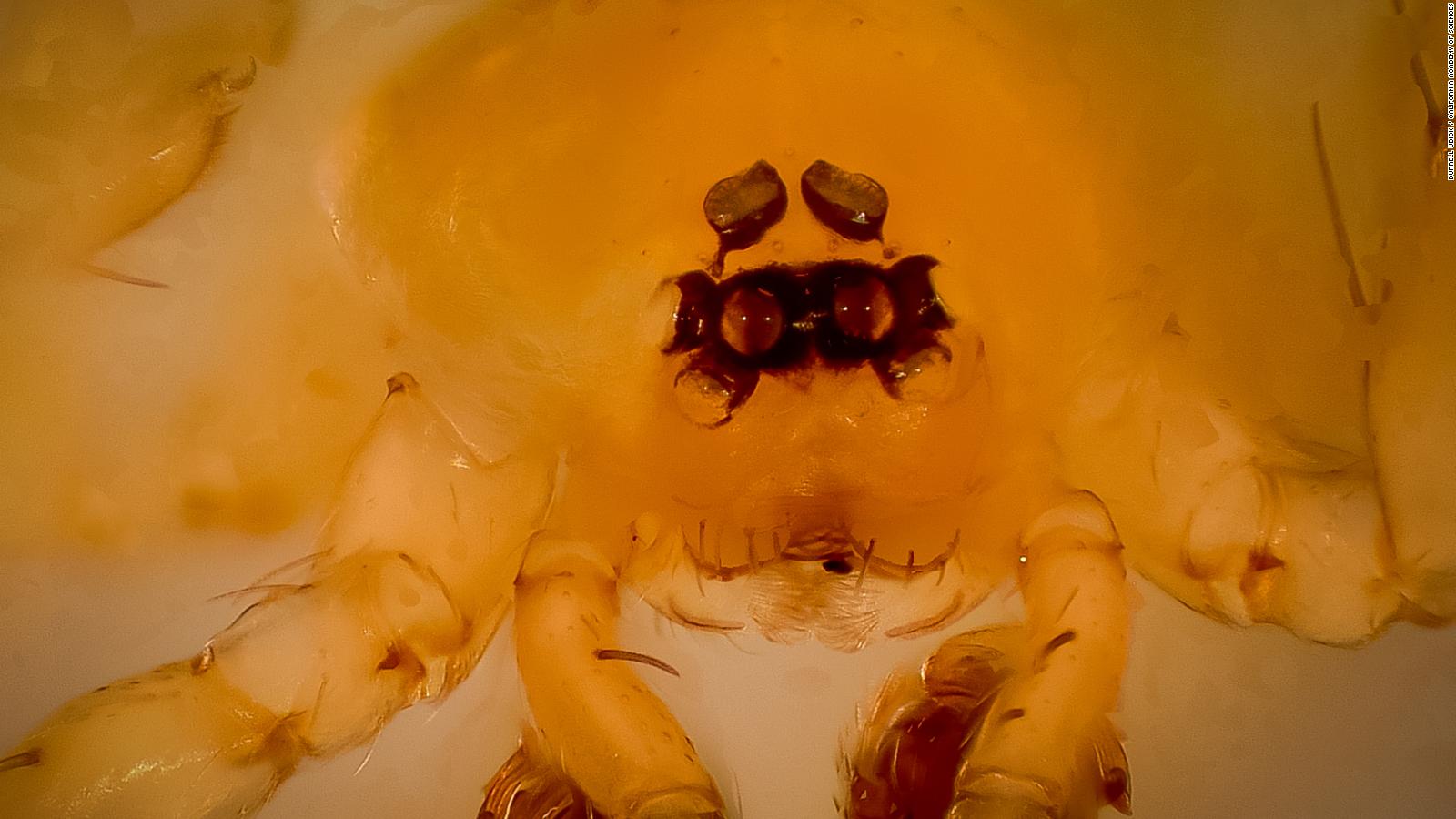Compared to some of the predators in the ocean, Dolphins are usually rather friendly and playful creature. This dolphin, if you can even call it that, is a page right out of an entirely different book. More often than you think, a photo of a bizarre creature washed up on a beach shore makes its way around the internet. In most cases if its something too terrifying or too weird to be true, it is actually and most probably created by someone on Photoshop for just a bit of fun. Well that was our first reaction, to this photo. But after looking into it a little more, we are not sure what to think. This enigma which washed up on a beach in mexico as the general shape of a dolphin but its lacking a number of common dolphin features, like the fins, a tail and its creepiest absence of eyes. Could it be a rare deep sea dweling dolphin, that scientists has never seen before? Is it an amalgamation of various eel species? We still don;t know and for now we can only guess what do you think?
While that ominous sea monster brings a lot of questions to us, there is no uncertainty about our next newly discovered creature. Very recently in a 2019 expedition led by naturalist Zeeshan Mirza set off to India's northeastern most state, Arunachal Pradesh. With the towering Himalayas, acting as a giant shade and creating its own ecosystem. Arunachal Pradesh has been known as a hotspot of biodiversity. During this expedition, Mizra came across this bright colored species of snake. Its a subspecies of the Green Pit Viper, named after both its color and the heat sensing pits in its head, that it uses to navigate and hunt. While the new species was very similar to a couple of other green pit vipers, Mirza noticed two distinct differences, the first it had more number of teeth, and the second the males displayed a vivid orange stripe on their head.
If you're not a Harry Potter fan perhaps you are more into Marvel movies, let me introduce you to the recently found sea creature named after the iconic Black Panther Nation. This ladies and gentlemen is Wakanda the Fish. Discovered in 2019, these vibrant swimmers were found living in the dark coral reefs also known as The Twilight Zone reefs. Over in the Indian Ocean, starting just off the coast of Tanzania. Wakanda is a subspecies of the larger family known as fairy wrasses which are often considered some of the most beautiful marine fish and we'd probably agree with that. Wakanda's amazing coloring is so deep and pronounced that the purple remains even when the fish is taken out of water for research. In most cases these colors will fade.
Lets get introduced to this adorable addition to the Lemur family. The little fuzzball was first identified in 2014 in northern Madagascar in the forestry of the Ankarana special reserve. But researchers only confirmed it as a distinct species back in 2017 by analyzing its DNA. Its little body is just 125 grams or 0.28 pounds. With a body length of less than 7 inches this is one of the smallest lemurs known to man. Its cousin the fat tailed lemur is the only known primate that hibernates for an extended period of time, during which their heart rate drops from about 180 beats per minute to as low as eight beats per minute.
The Mata Mata Turtle has been around for tens of millions of years. Only one species was thought to exist until now. Thanks to the University of Senckenberg's scientist named Uwe Fritz, a new off brand Mata Mata turtle has just been discovered. Previously mata mata turtles were known to inhabit in just two places which are not too far from one another, The Amazon basin and the Orinoco river. Most people accepted this as a fact. However Fritz noticed that the turtles in the basin looked ever so lightly different from the ones in the river, So he conducted a DNA test. He was right officially discovering the Chelus Orinocensis. As it turns out these two species of turtle have now believed to have split into two separate species around 13 million years ago. When the Amazon Orinoco river basins had started to separate from one another. While both the turtles look alike, their intricate shell patterns differ. If you ever step on those pointy shelled creatures, it'd be really painful and yet you'd probably meet your fate.
The next one here is the Phuket Horned Tree Agamid. This Godzilla looking dragon was introduced to the public back in 2016 after being discovered by Belgian biologist, Olivier Pauwels. It was just one of the many new species found around the Greater Mekong region at the time. Which is another of Earth's richest biodiversity hotspots. As a member of the Mountain horn dragons, the intimidating Phuket horn tree agamid is native to the few remaining forest patches in Phuket, Thailand.
At a teeny tiny average of 7.7 mm long, that's less than a third of an inch, the Paedophryne Amauensis takes the title of the world's smallest frog. The new species was found in August of 2009 near the Amau Village in the central province of Papua New Guinea. Thanks to the hardwork of Louisiana State University Herpetologist, Christopher Austin and his PhD student Erik Rittmeyer, It surpassed the previous smallest vertebrate Paedophryne Swiftorum by almost a millimeter which isn't as much to us but to these miniscule amphibians, its a mile. As you'd expect finding these guys wasn't easy. After following their high pitched sounds, Rittmeyer tried four times to find the frogs grabbing a handful of leaf litter and wrapping it up in a plastic bag, and it just happens that these tiny frogs seem to live exclusively amid the leaves.
If you thought a microscopic frog was odd wait until what's in store next. Back in 2013 scientists came across a remarkable new species of cave dwelling snail in one of the 20 deepest cave systems in the world, in Lukina Jama, Croatia. This is the depest cave in the country and is known for its wondrous vertical shape and its unmatched depth. The tiny fragile snail with a beautiful shaped dome like shell was found remarkably 980 meters or over 3,200 feet below the surface. Named Zospeum Tholussum, this transclucent snail is even smaller than the frog we discussed before, measuring a shell hieght os less than 2 mm or 0.08 inches and with a shell width of just 1 mm or 0.04 inches. Even though they're completely blind in the dark depths of the cave, there's no light anyway, so it doesn't matter. Supporting the classic snail cliche they are also extremely slow moving and are considered to potentially rely on passive means of transportation via running water or larger animals.
A new species pf spiders was discovered in 2019 known as the Myrmecicultor chihuahuensis also nicknamed the ant worshiping spider. Its the first and only one noted to spent most of its time underground scampering through ant mounds. Although scientists are still scratching their heads and wonder why. If you're wondering about the extra long name, there's a reason to it. Chihuahuensis is the name of the place where the scientist discovered the spider.
Even though we saw a lot of animals today, there are thousands of them, still waiting, hiding and unknown to the public. Why, beacause we as humans cannot access every place on Earth. When it comes to the deep seas, vast deserts and the never ending Amazon, we've barely even scraped the surface.

















No comments:
Post a Comment